Optimal Timing for Vole Control
Vole control effectiveness depends heavily on timing, as vole activity varies throughout the year. Understanding seasonal patterns can help optimize control efforts and minimize damage to landscapes and gardens.
Voles become active in early spring, seeking food and shelter. Implementing control measures during this period can prevent population buildup.
During summer, vole activity continues, especially in shaded and moist areas. Monitoring and targeted control can reduce ongoing damage.
Fall is a critical time to control voles before they establish winter burrows. Early intervention can limit population growth.
Voles remain active under snow cover and in protected areas. Using appropriate methods during winter can be effective but may require specialized techniques.
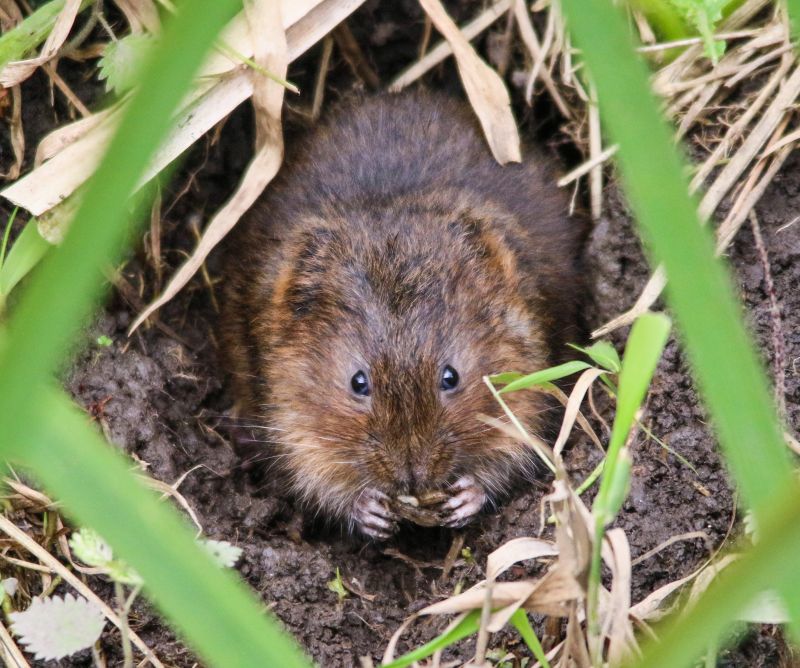
Voles can cause extensive damage to roots and bulbs.
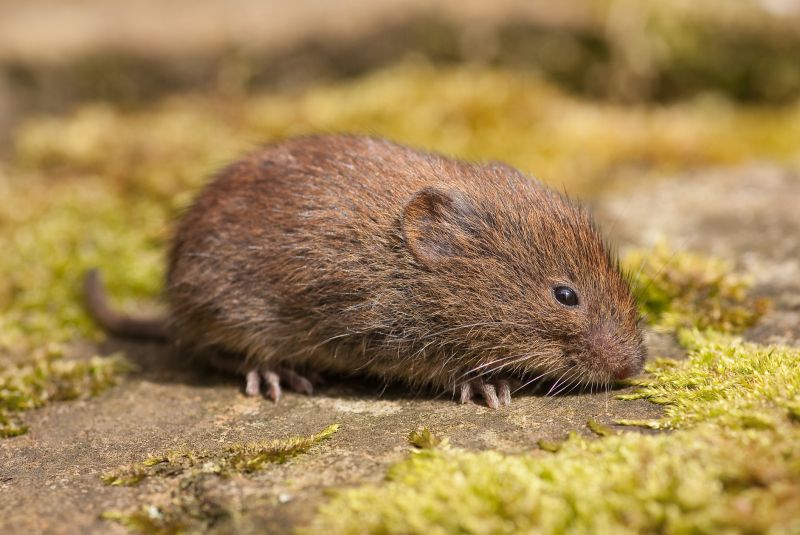
Underground tunnels are a sign of vole activity.
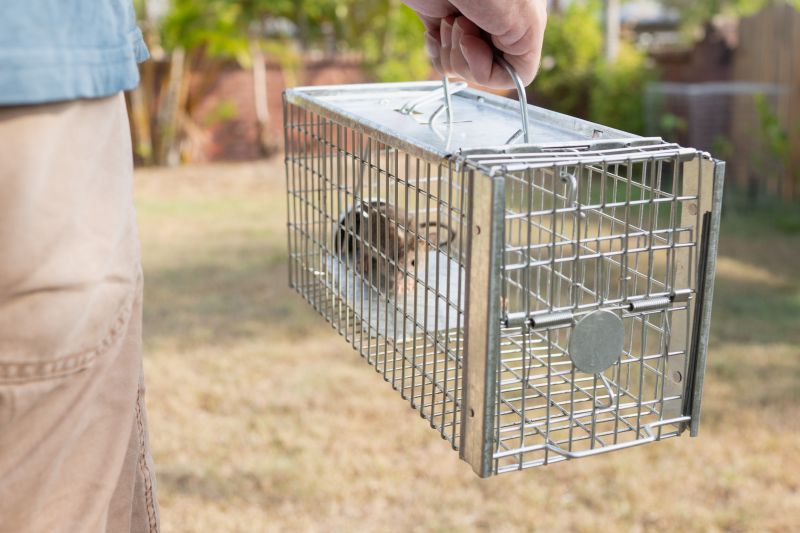
Effective trapping methods for vole control.

Physical barriers prevent vole access.

Ways to make Vole Controls work in tight or awkward layouts.
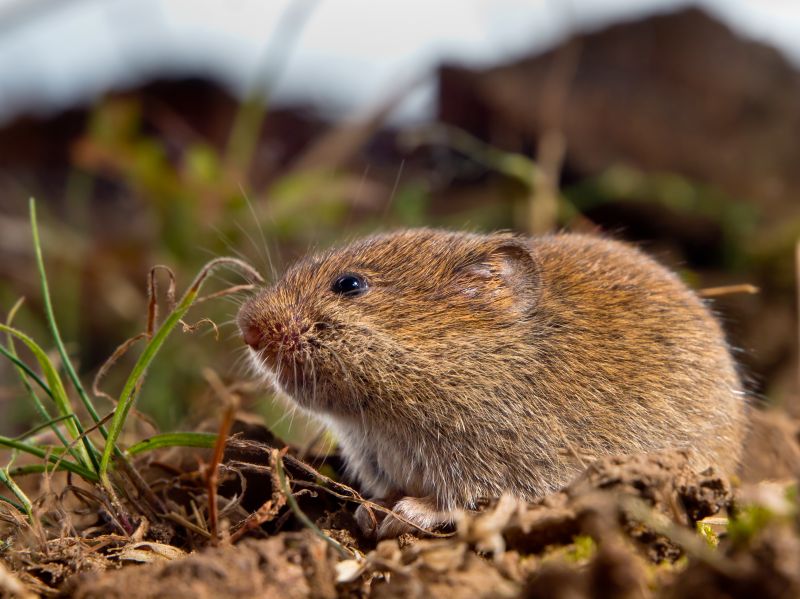
Popular materials for Vole Controls and why they hold up over time.

Simple add-ons that improve Vole Controls without blowing the budget.

High-end options that actually feel worth it for Vole Controls.
Voles are small rodent pests known for damaging lawns, gardens, and landscape plants. They typically thrive in moist, shaded environments and are most active during dawn and dusk. Vole populations can multiply rapidly, leading to significant underground and above-ground damage. Effective control strategies involve a combination of habitat modification, trapping, and physical barriers. Monitoring activity levels and applying control methods during peak activity periods can reduce infestations. Statistics indicate that unmanaged vole populations can cause up to 30% loss in certain crop yields and landscape health if left untreated.

Moist, shaded areas attract voles.
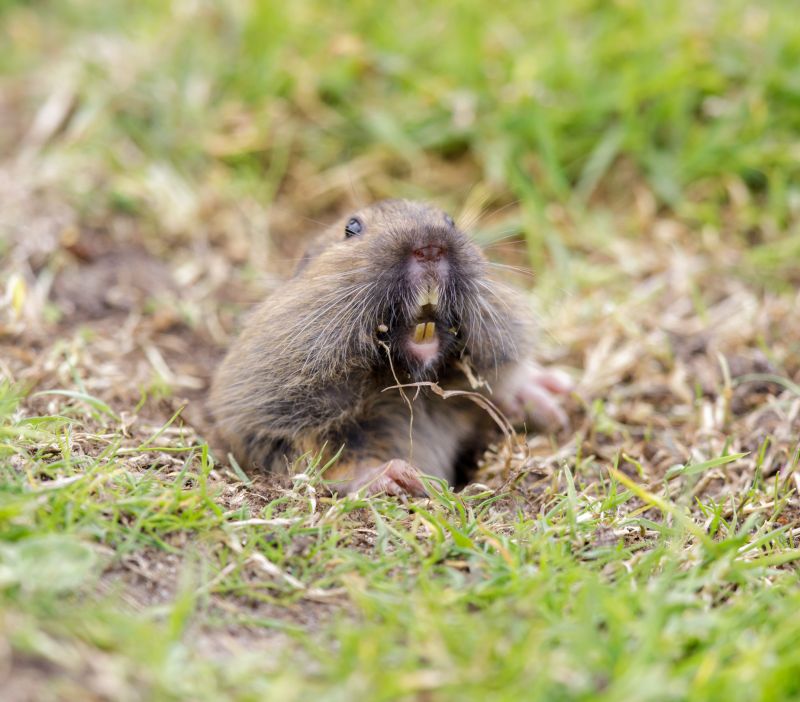
Gnaw marks and tunnel entrances indicate activity.
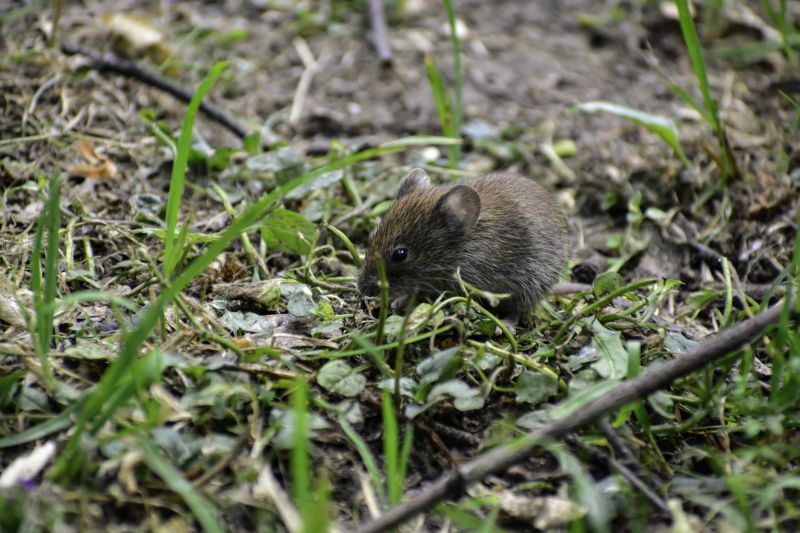
Traps and barriers are effective tools.

Regular checks help determine active periods.

Finishes and colors that play nicely with Vole Controls.
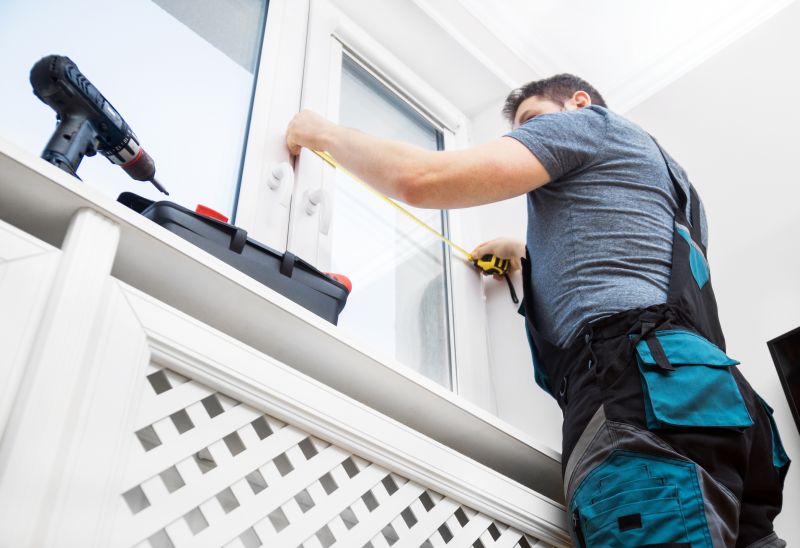
Little measurements that prevent headaches on Vole Controls day.

A 60-second routine that keeps Vole Controls looking new.
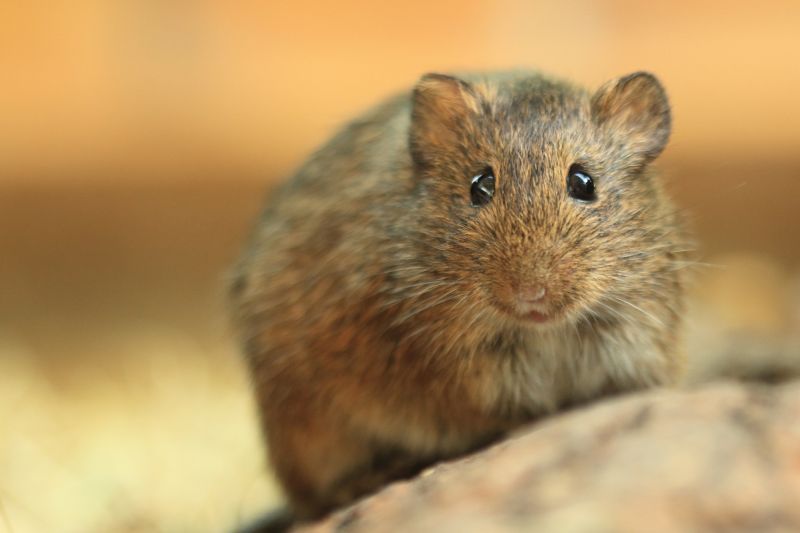
A frequent mistake in Vole Controls and how to dodge it.
| Season | Recommended Control Actions |
|---|---|
| Spring | Implement trapping and habitat modification to prevent early population growth. |
| Summer | Monitor activity and reinforce barriers where needed. |
| Fall | Increase control efforts to reduce overwintering populations. |
| Winter | Use specialized traps and maintain barriers under snow cover. |
| General | Regular monitoring year-round enhances control success. |
Effective vole control requires understanding their seasonal behaviors and implementing targeted measures at optimal times. Combining habitat management with trapping and physical barriers can significantly reduce their impact. Regular monitoring and early intervention are key to maintaining healthy landscapes and gardens.
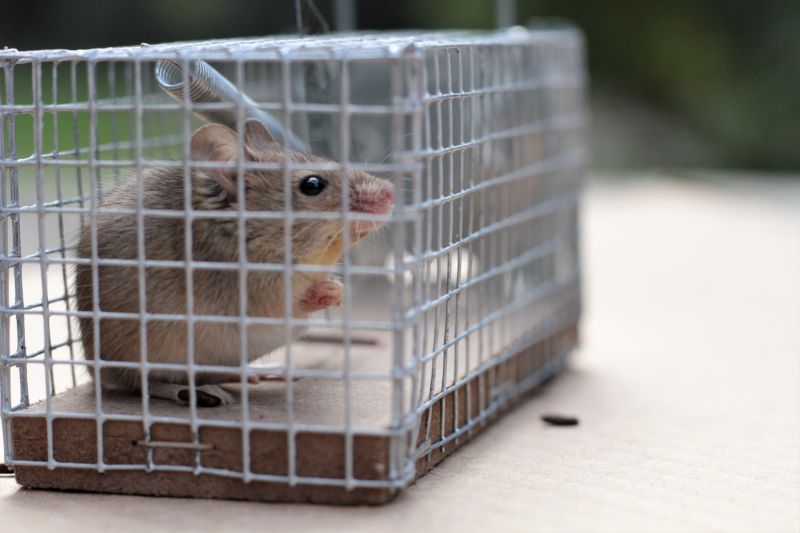
Various traps and barriers available for effective management.

Proper landscape maintenance reduces habitat suitability.
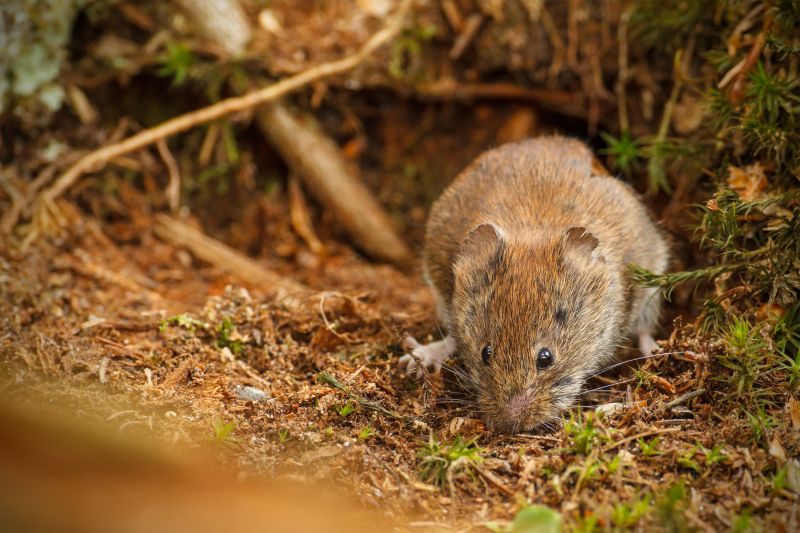
Integrated approaches improve success rates.

Small tweaks to make Vole Controls safer and easier to use.

Lower-waste or water-saving choices for Vole Controls.
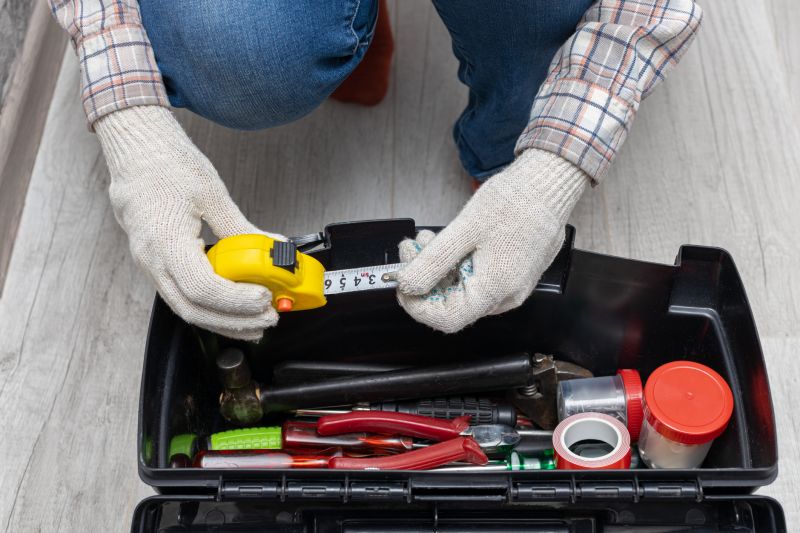
The short, realistic tool list for quality Vole Controls.

Rough timing from prep to clean-up for Vole Controls.

Quick checks and paperwork to keep after Vole Controls.
Individuals interested in managing vole populations are encouraged to contact for tailored advice and effective control options. Proper timing and method selection are essential for minimizing damage and maintaining healthy landscapes.



